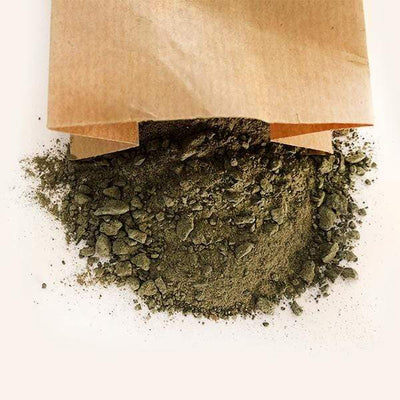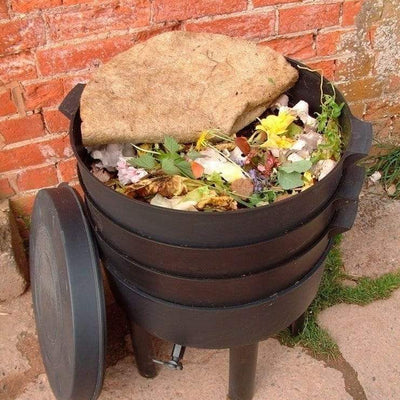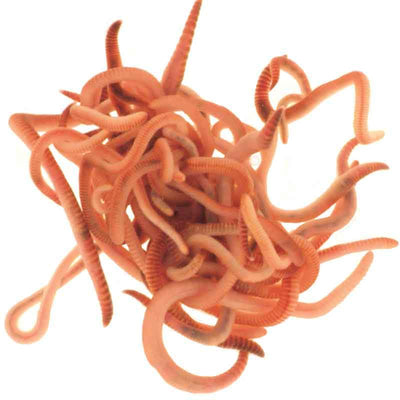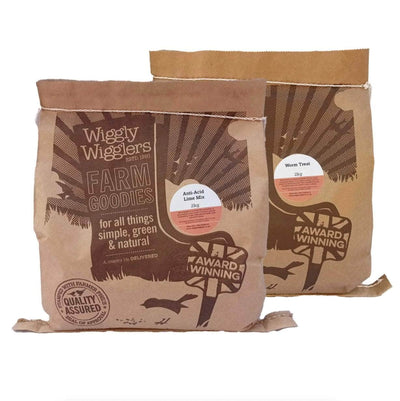Dealing with flies in a compost tumbler can be frustrating, but there are several steps you can take to manage the situation. Here are some suggestions:
1. Adjust the moisture level: Flies are attracted to moist environments. Check the moisture level of your compost and ensure it's not too wet. If it is, add dry materials like leaves, shredded paper, or cardboard to balance the moisture content. This will discourage flies from breeding.
2. Balance the carbon-nitrogen ratio: Flies are also attracted to compost with a high nitrogen content. Add carbon-rich materials such as dried leaves, straw, or wood chips to the compost to achieve a balanced carbon-nitrogen ratio. This will help reduce the attractiveness of the compost to flies.
3. Cover fresh kitchen scraps: When adding fresh kitchen scraps to the compost tumbler, bury them beneath a layer of dry browns like leaves or newspaper. This will help to minimize the odor and prevent flies from accessing the food source.
4. Regularly turn the compost: Flies are less likely to lay eggs in compost that is frequently turned and aerated. Make sure to turn your compost tumbler regularly to speed up decomposition and discourage fly breeding.
5. Use a compost activator: Consider adding a compost activator that contains beneficial microorganisms. These microorganisms can accelerate the decomposition process and help create a less attractive environment for flies.
6. Cover the compost tumbler: Ensure your compost tumbler has a tight-fitting lid or cover to prevent flies from entering. This will also help contain odors and keep the composting process contained.
7. Avoid adding certain items: Some kitchen scraps may attract flies more than others. Avoid adding meat, dairy products, and oily foods to your compost tumbler, as these can be particularly attractive to flies.
8. Clean the area around the compost tumbler: Remove any spilled or decaying organic matter around the compost tumbler. This will help eliminate additional breeding grounds for flies.
9. Set up fly traps: If the fly population becomes excessive, you can set up fly traps near the compost tumbler. Commercial fly traps or homemade traps using a mixture of vinegar, dish soap, and water can help reduce the number of flies.
10. Consider covering the compost tumbler with a fine mesh: If the fly problem persists, you can cover the compost tumbler with a fine mesh or screen to prevent flies from accessing it while still allowing airflow.
By following these steps, you can minimize the presence of flies in your compost tumbler and maintain a healthier composting environment.






